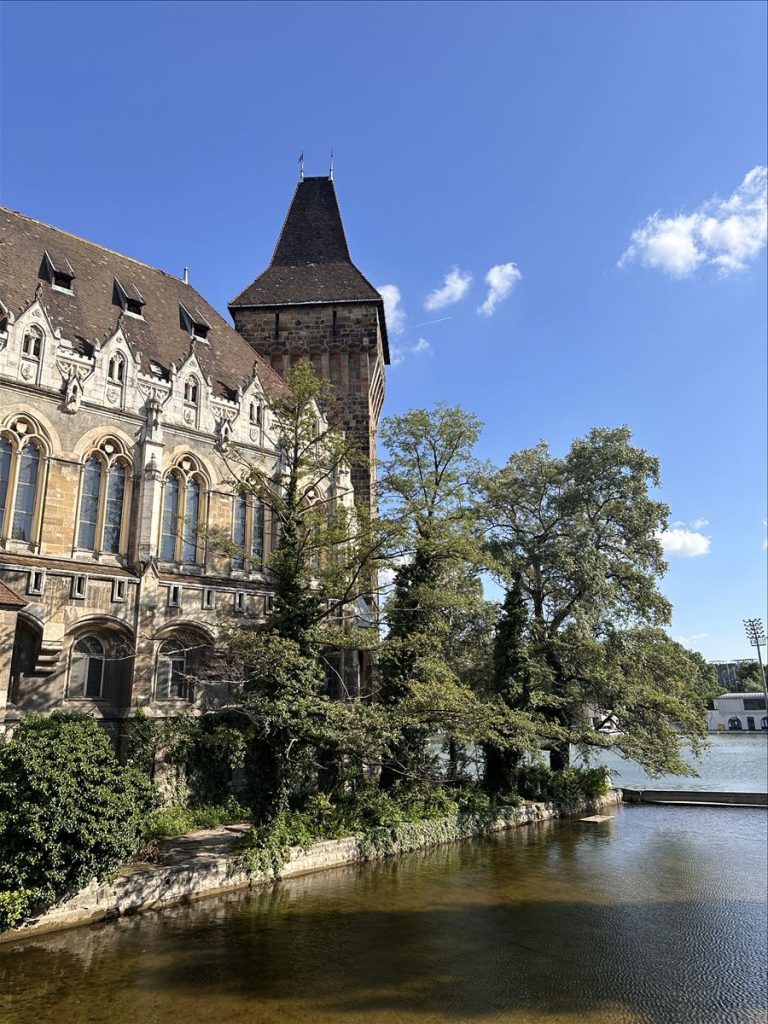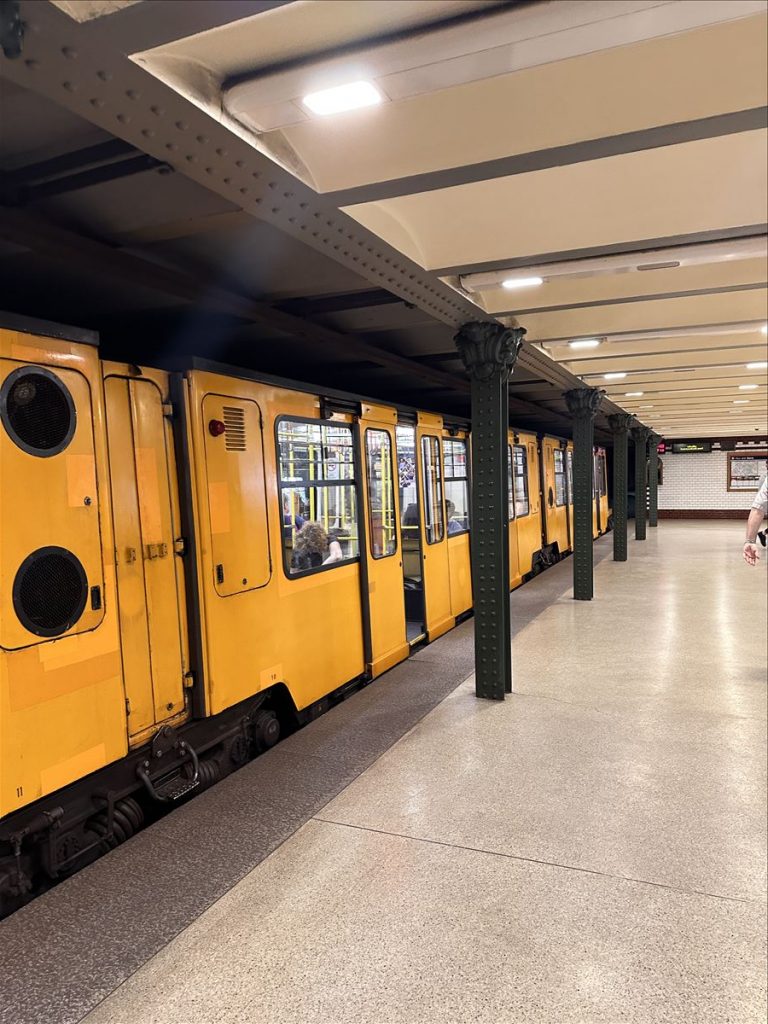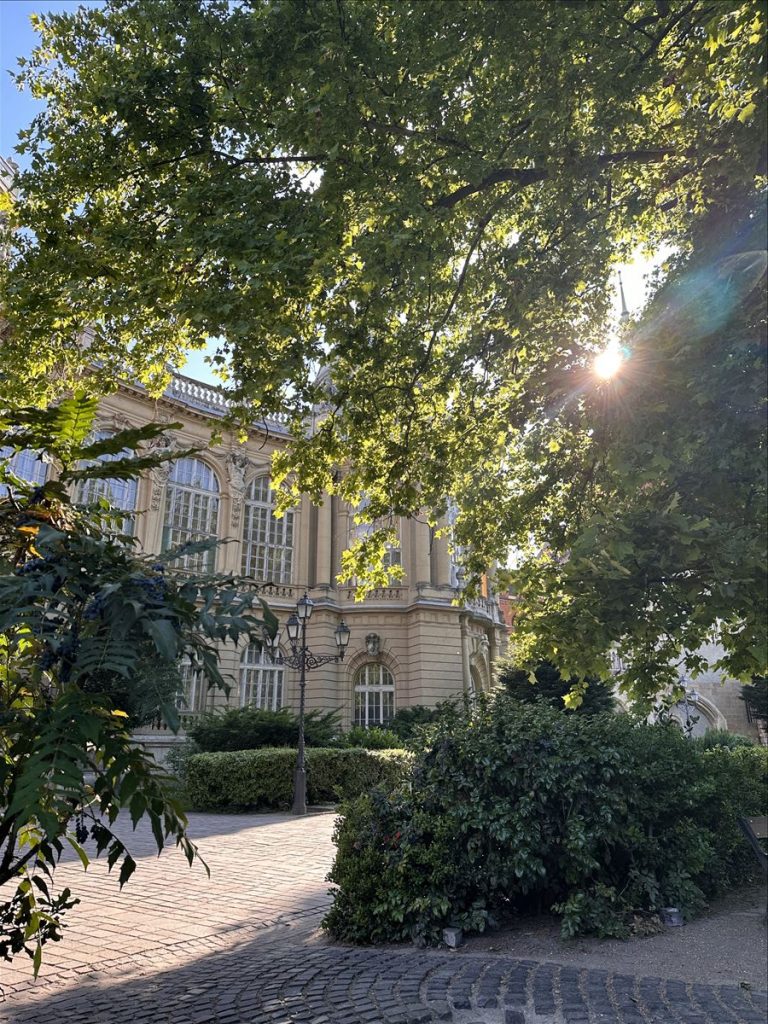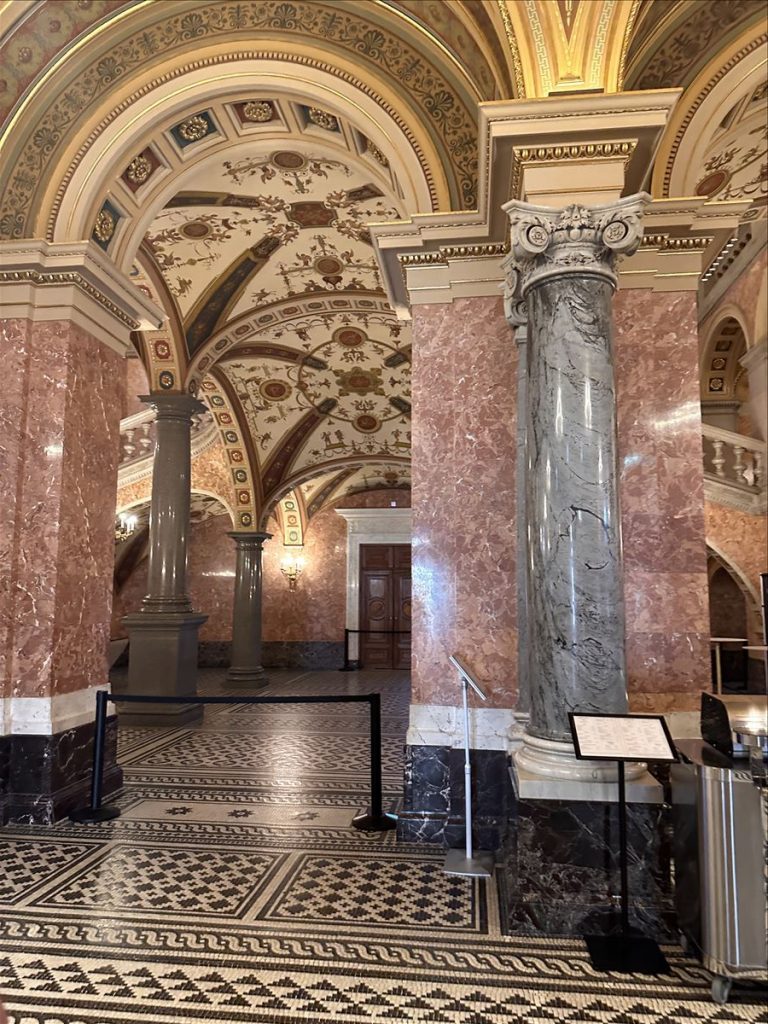How can one effectively balance work and leisure? Attending the Law Congress in Budapest offers a perfect opportunity to do just that, while also enjoying the city’s numerous tourist attractions. Event organizers are well-versed in choosing destinations that offer more than just a conference venue, and Budapest is no exception. With its rich history and cultural offerings, the city provides an ideal setting for combining business with leisure. Given the vast array of sights and experiences, even a 3-4 day stay in Budapest only begins to uncover what this remarkable destination has to offer.
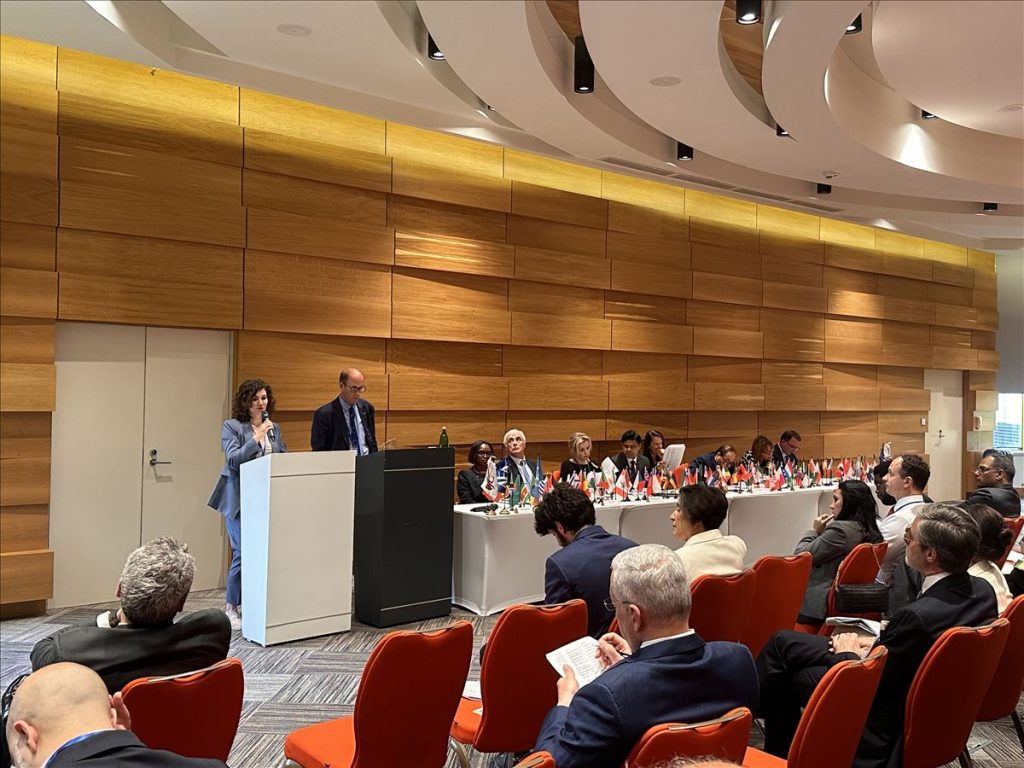
Budapest, the vibrant capital of Hungary, is a city where history and modernity coexist harmoniously. With its stunning architecture, rich cultural heritage, and a thriving culinary scene, Budapest has firmly established itself as one of Europe’s top tourist destinations. The city’s diverse neighborhoods, from the historic Buda Castle district to the lively streets of Pest, offer something for every traveler. Whether you’re interested in exploring centuries-old thermal baths, admiring the grandeur of Gothic and Art Nouveau buildings, or simply enjoying the bustling atmosphere of its markets and cafes, Budapest provides an unforgettable experience.
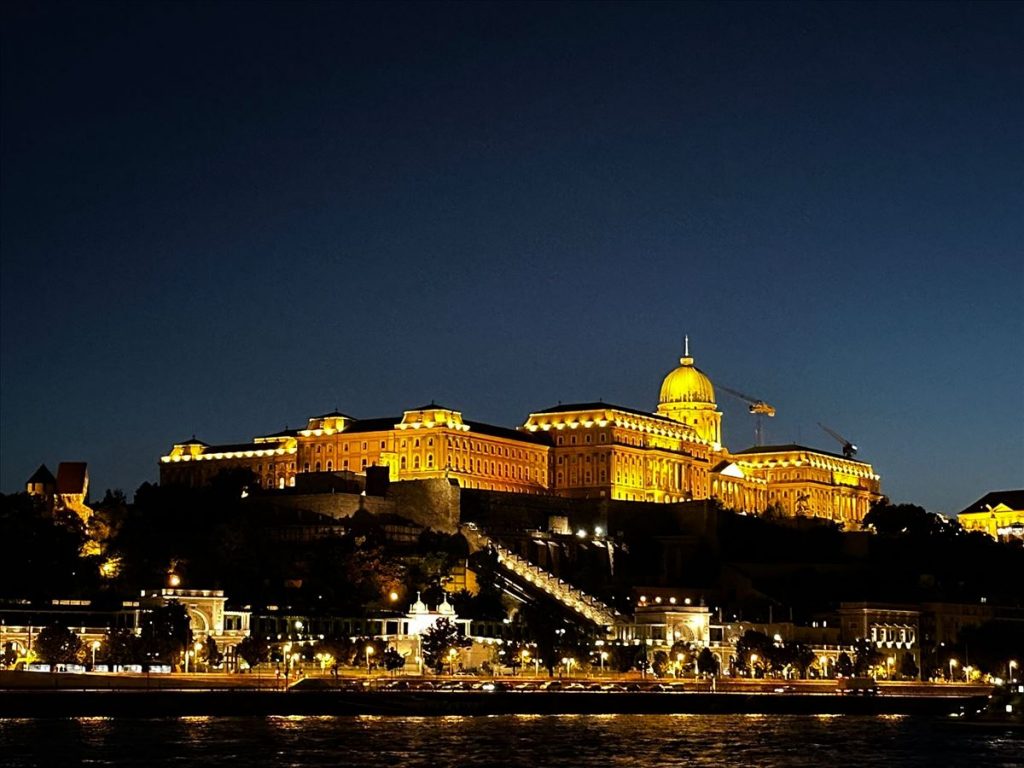
The city is also known for its stunning panoramic views, particularly from spots like Gellért Hill and the Fisherman’s Bastion, where you can gaze out over the sprawling urban landscape and the bridges that connect Buda and Pest. Budapest’s vibrant nightlife, characterized by its unique ruin bars and lively clubs, adds another layer to its allure. Moreover, the city is home to numerous festivals and events throughout the year, including the famous Sziget Festival, which draws music lovers from around the world. Whether you’re a history buff, a foodie, or just someone looking to soak in the local culture, Budapest offers an array of experiences that make it a must-visit destination in Europe.
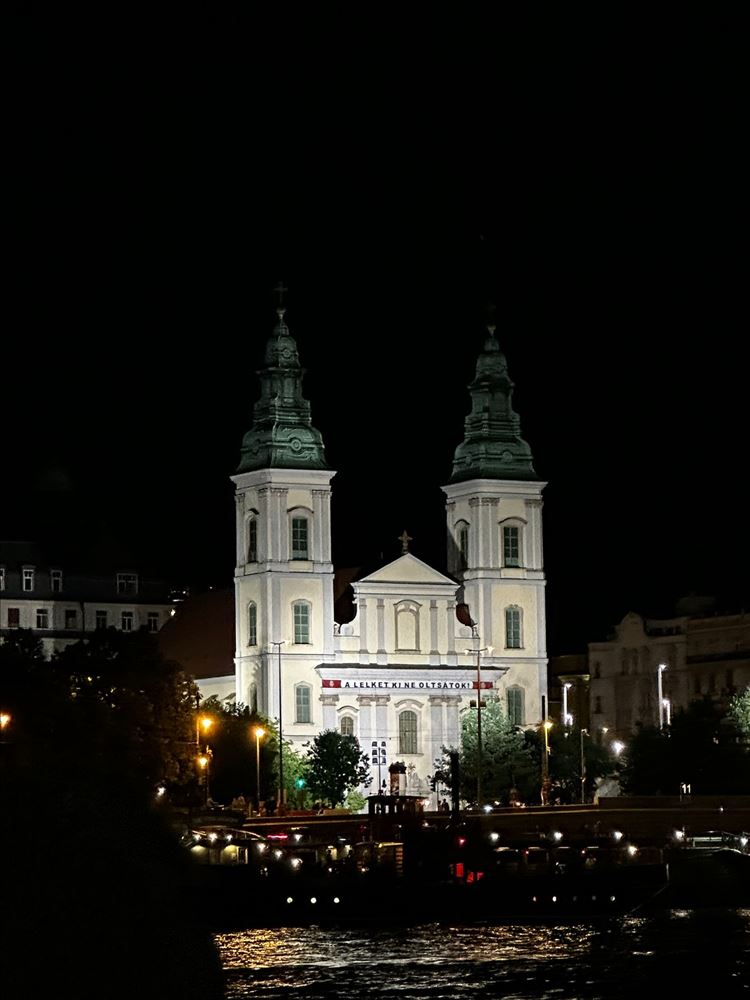
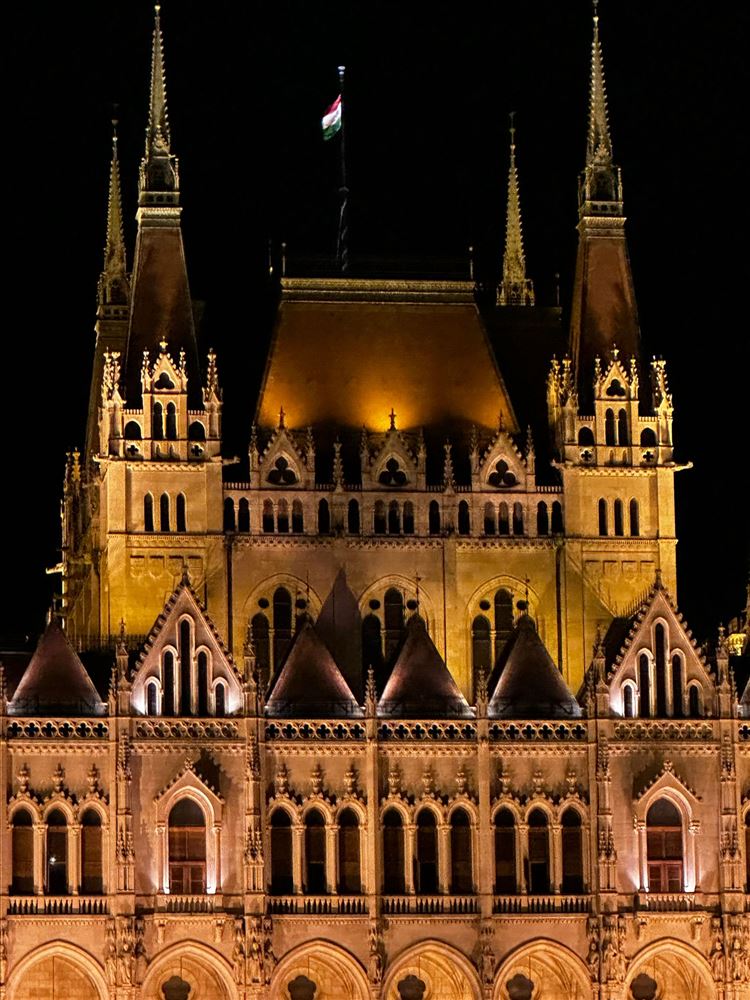
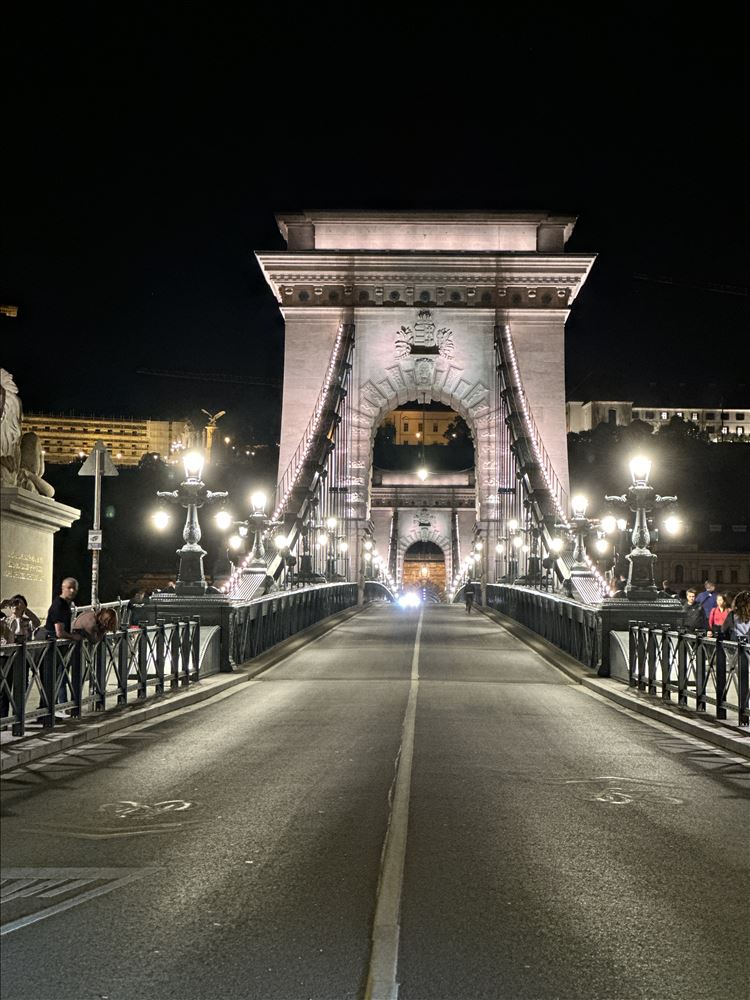
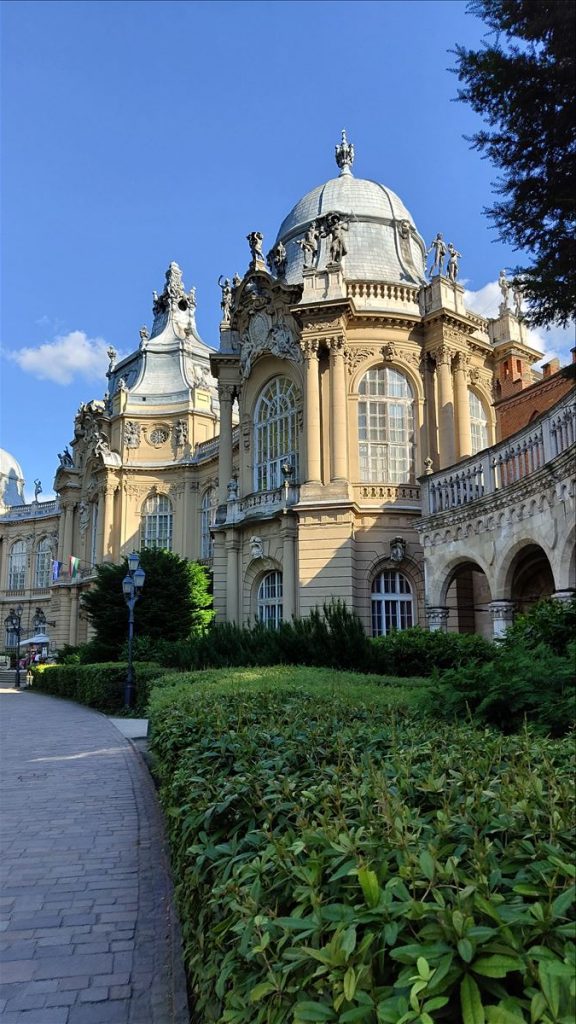
Buda and Pest, once separate cities, now form the two distinct halves of Budapest, each with its own unique character and attractions. Buda, located on the western side of the Danube River, is known for its hilly landscape and historic charm. It’s home to some of the city’s most iconic landmarks, including the Buda Castle, Matthias Church, and the Fisherman’s Bastion. The Castle District, with its cobblestone streets and medieval buildings, offers a glimpse into Budapest’s past and provides breathtaking views over the city and the river. Buda is also known for its relaxing thermal baths, like the Gellért and Rudas Baths, where visitors can soak in natural hot springs that have been cherished since Roman times.
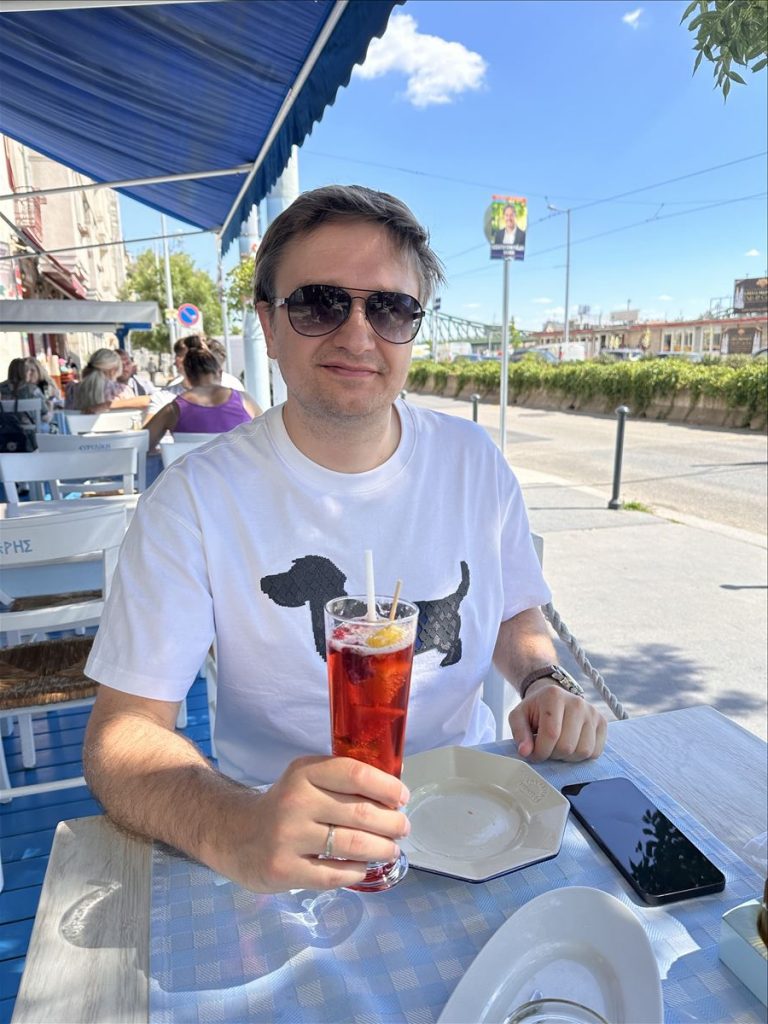
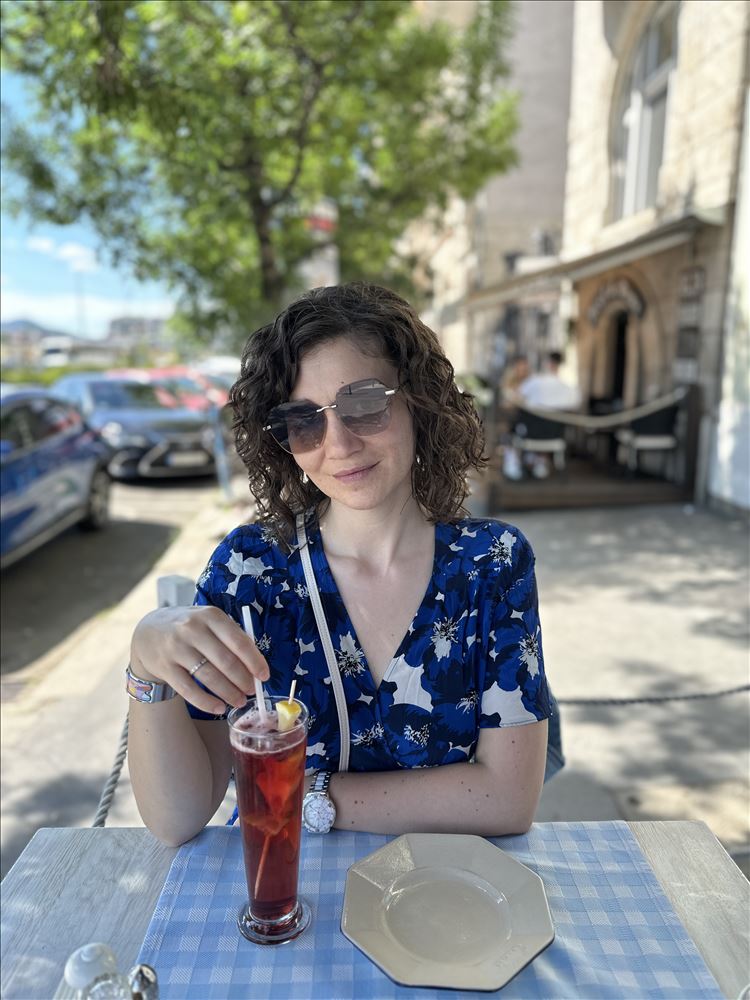
On the eastern side of the river lies Pest, the flat, bustling heart of modern Budapest. Pest is where you’ll find the city’s commercial and political centers, including the impressive Hungarian Parliament Building and the lively Andrássy Avenue, which is lined with shops, theaters, and cafes. This side of the city is also known for its vibrant nightlife, with a plethora of bars, restaurants, and the famous ruin bars, which are located in abandoned buildings and courtyards.
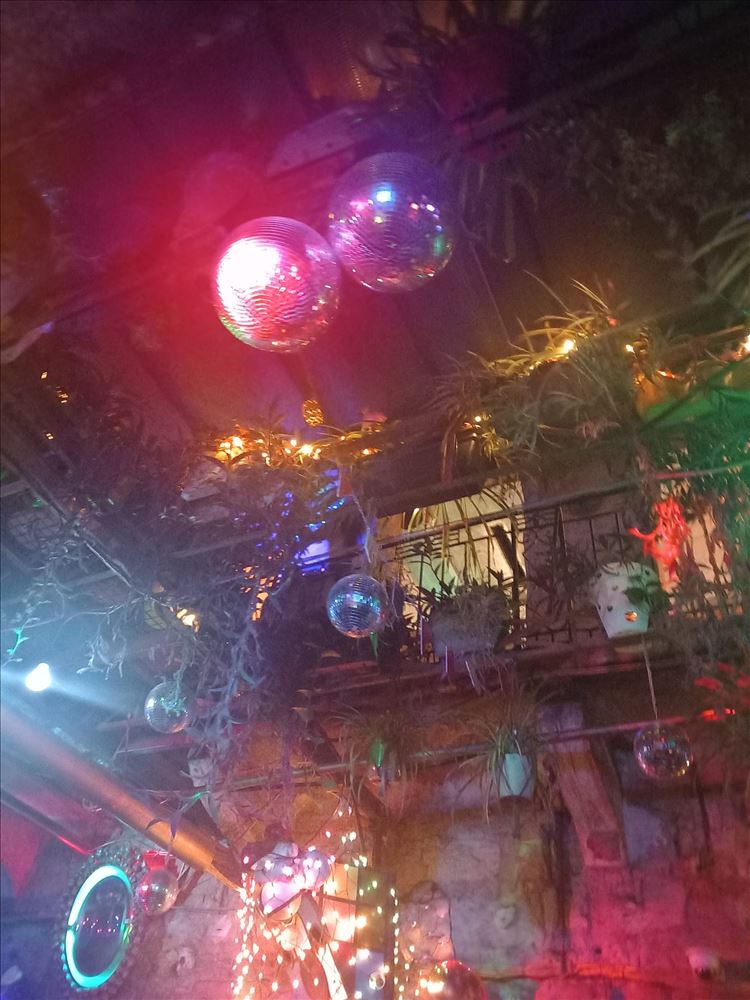

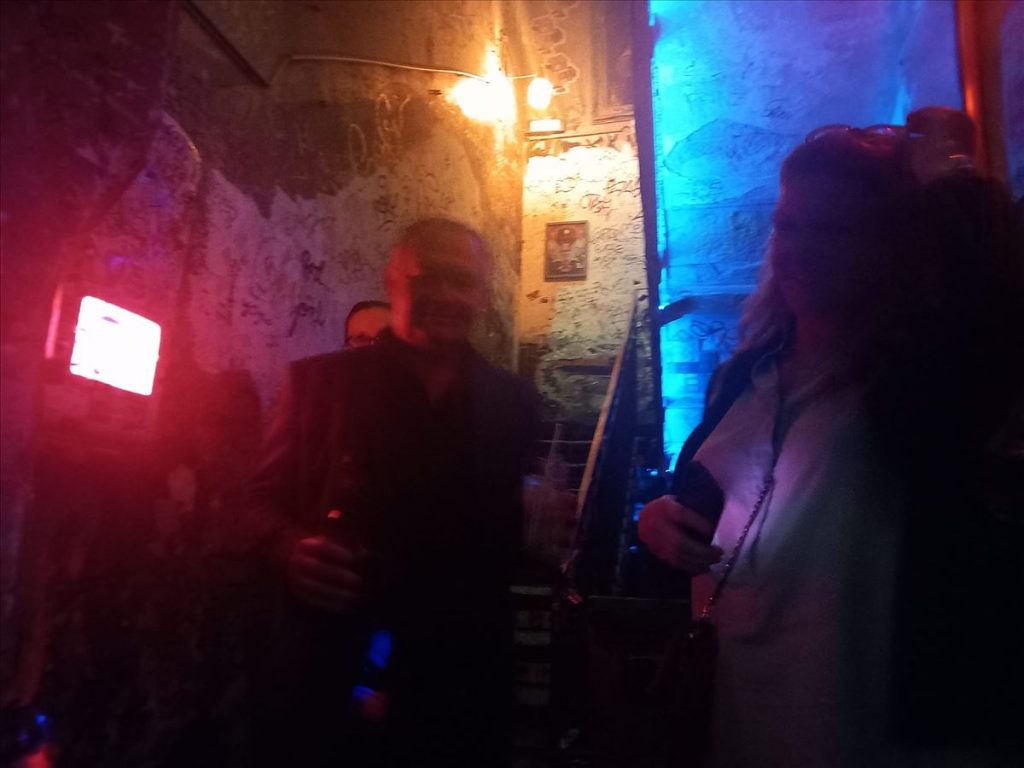
Pest’s energy is palpable, from the lively markets like the Great Market Hall to the cultural institutions like the Hungarian State Opera House. Together, Buda and Pest create a dynamic and multifaceted city, offering a perfect blend of history, culture, and modern urban life.
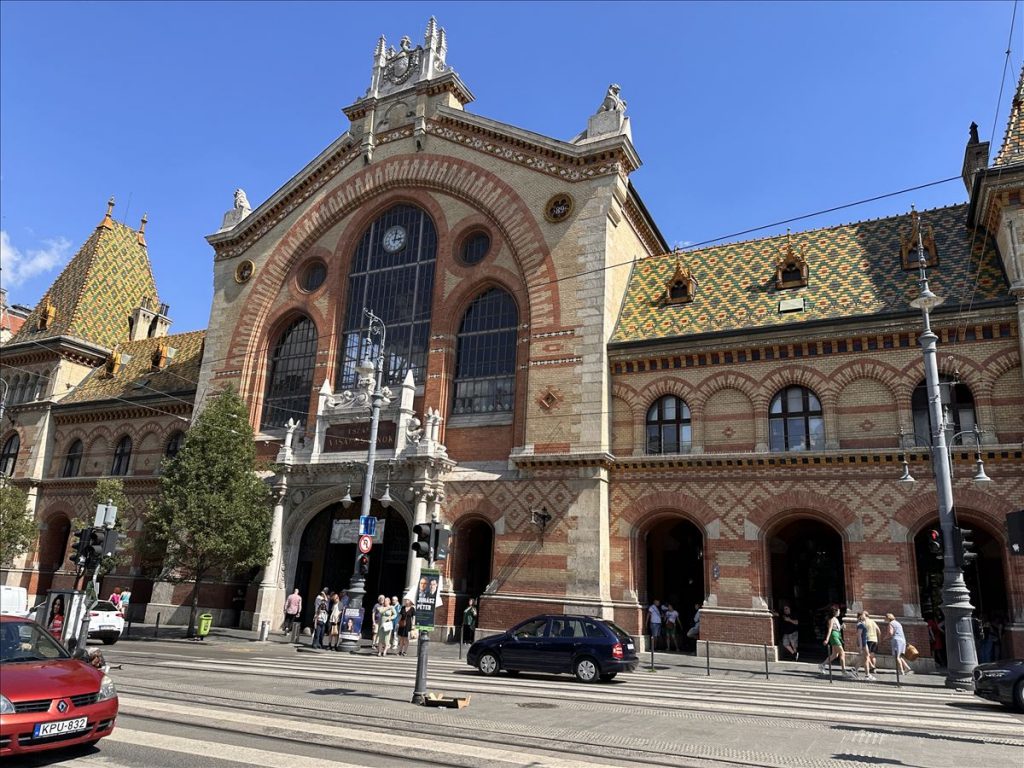
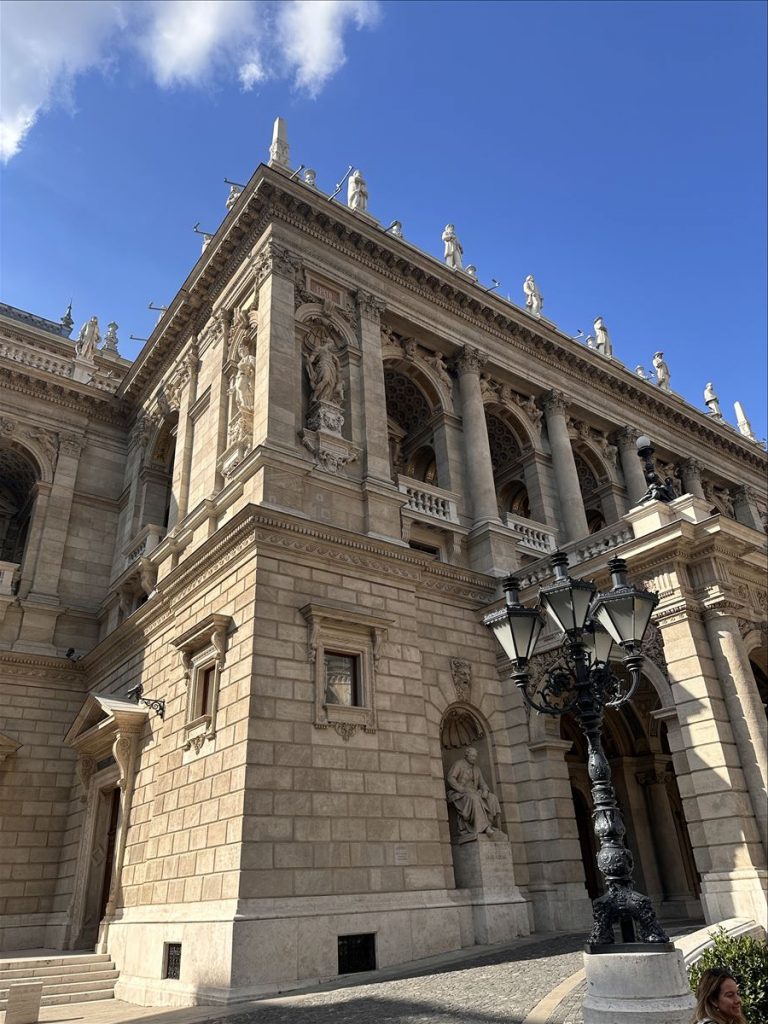
Just a short walk from the Parliament, there is the Chain Bridge, another of Budapest’s most famous landmarks. This historic suspension bridge, completed in 1849, was the first to connect Buda and Pest across the Danube, symbolizing the unity of the city. The bridge offers spectacular views of both the Parliament Building and the Buda Castle, especially when illuminated at night, making it a must-see for anyone exploring the heart of Budapest.
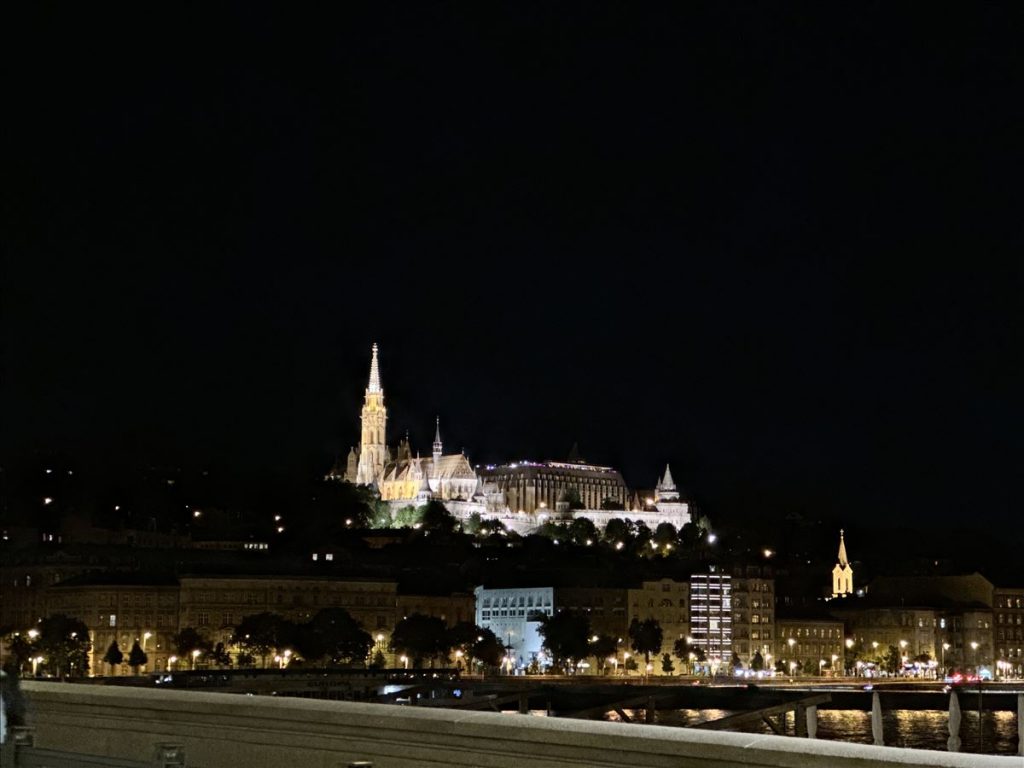
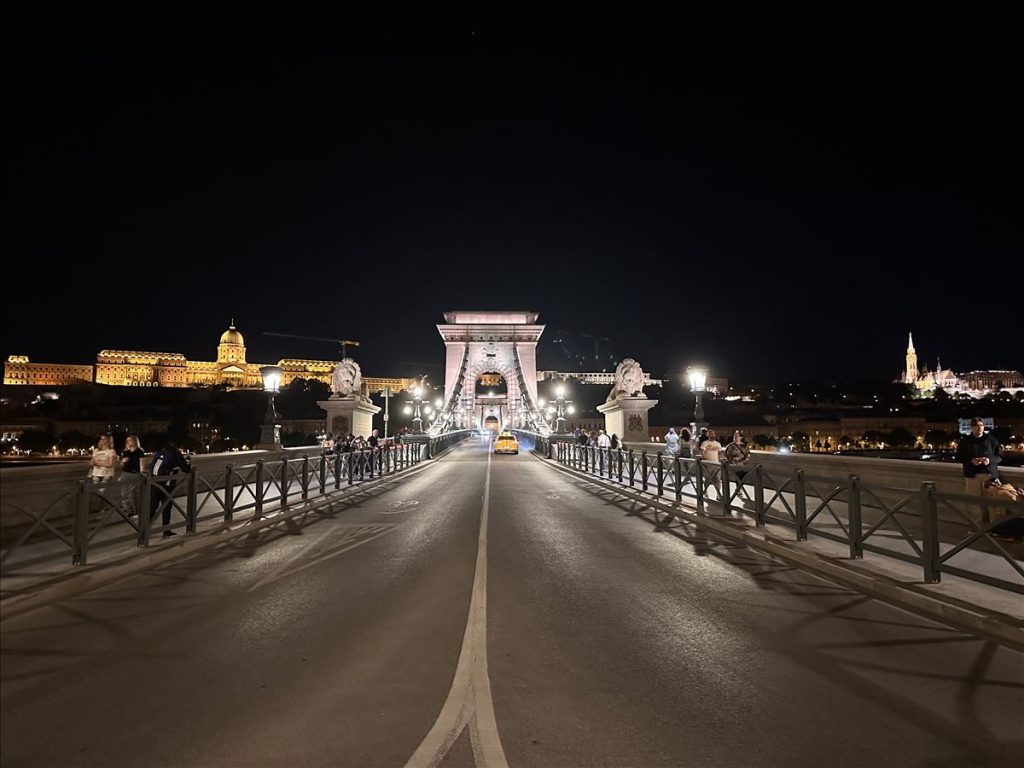
St. Stephen’s Basilica is another architectural gem in Budapest, standing as one of the most significant religious buildings in Hungary. Named after the country’s first king, this grand neoclassical structure is renowned for its magnificent dome, intricate interior, and the revered relic of St. Stephen’s mummified right hand, housed within. The basilica not only serves as a place of worship but also as a cultural venue, frequently hosting concerts that showcase its impressive acoustics.
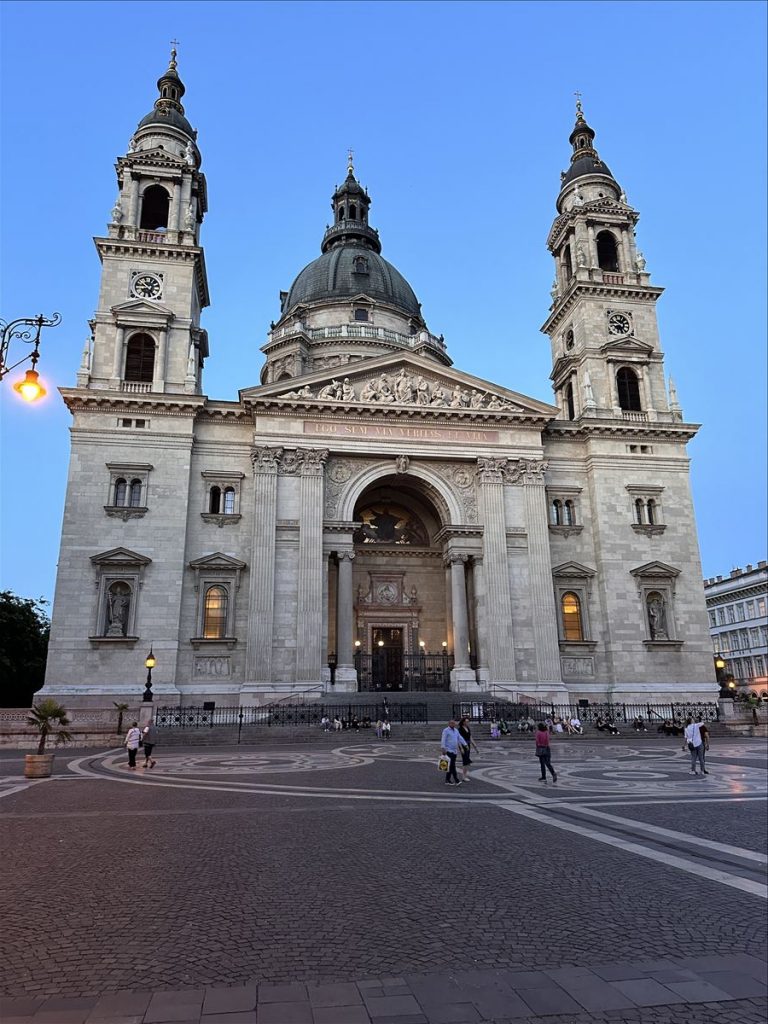
Between St. Stephen’s Basilica and the Danube River lies a vibrant pedestrian quarter, bustling with life and energy. This area is famous for its array of restaurants, cafes, and bars, making it a popular destination for both locals and tourists. Whether you’re looking to enjoy a leisurely meal, sip on a cocktail, or simply stroll through the lively streets, this quarter offers a perfect blend of culinary delights and social atmosphere, all set against the backdrop of Budapest’s stunning architecture.
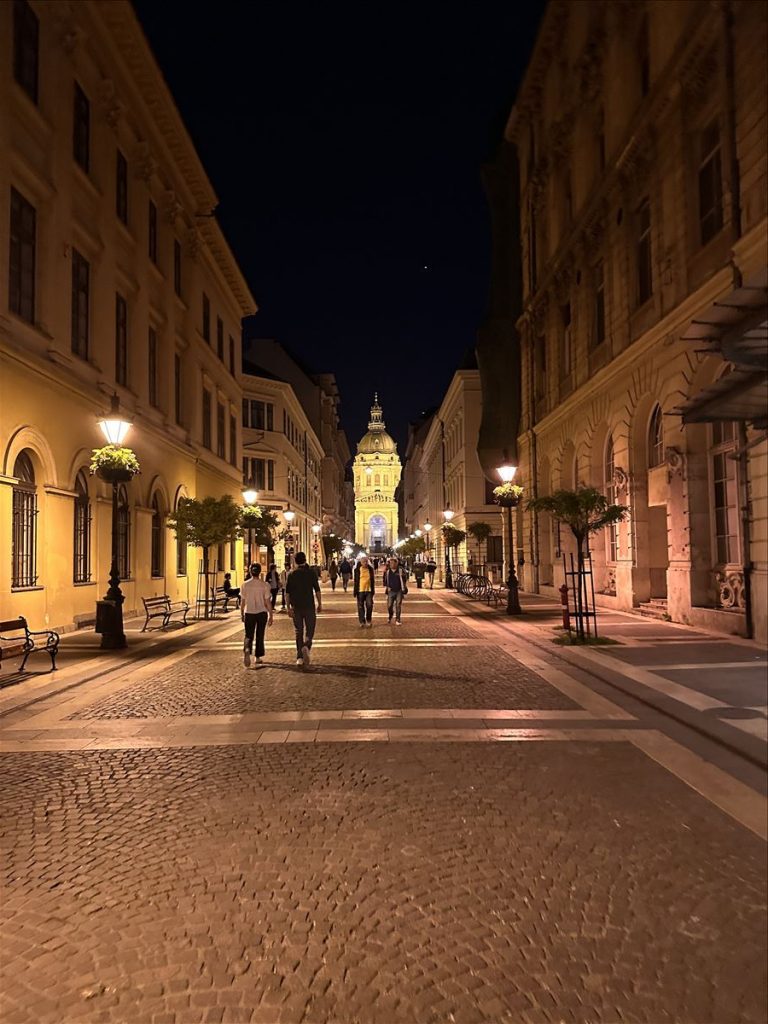
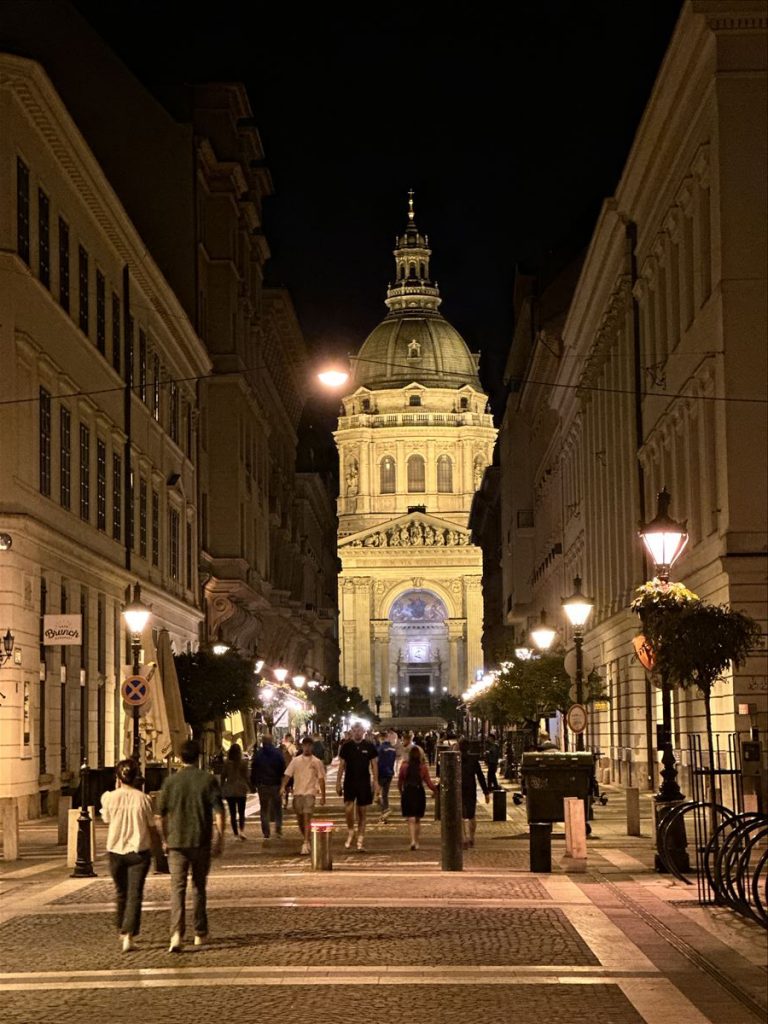
Andrássy Avenue is one of Budapest’s most prestigious and iconic thoroughfares, often referred to as the “Champs-Élysées of Budapest.” This grand boulevard, stretching from the city center at Erzsébet Square to the monumental Heroes’ Square, is lined with elegant neo-Renaissance mansions, historic buildings, and luxury boutiques.
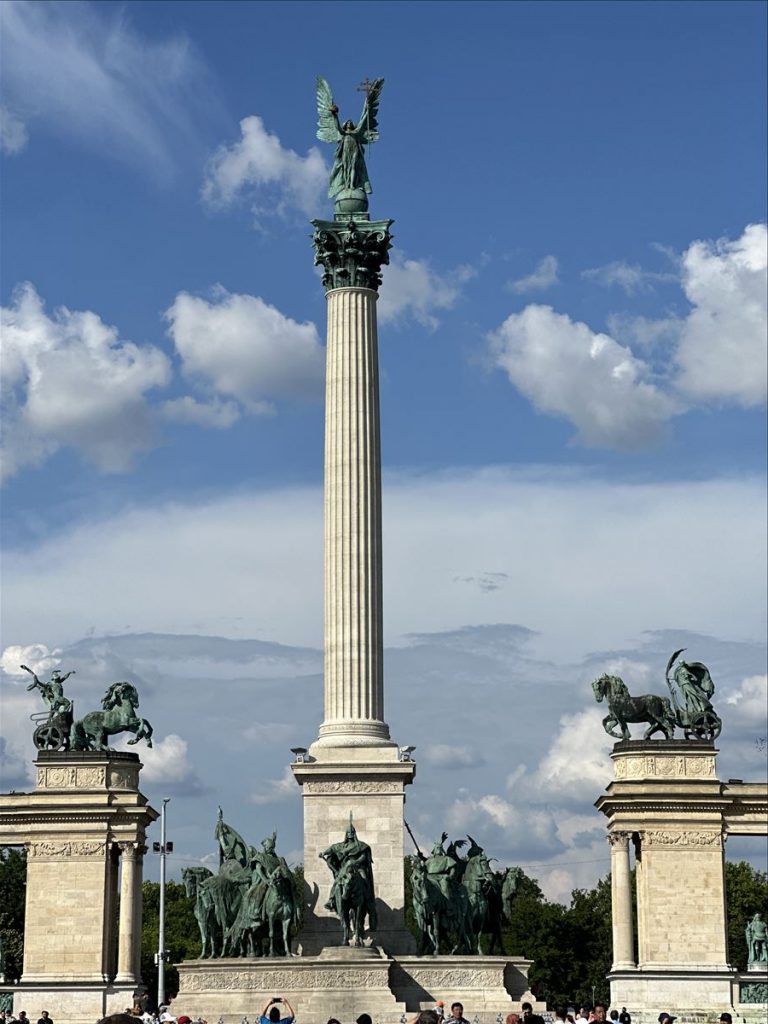
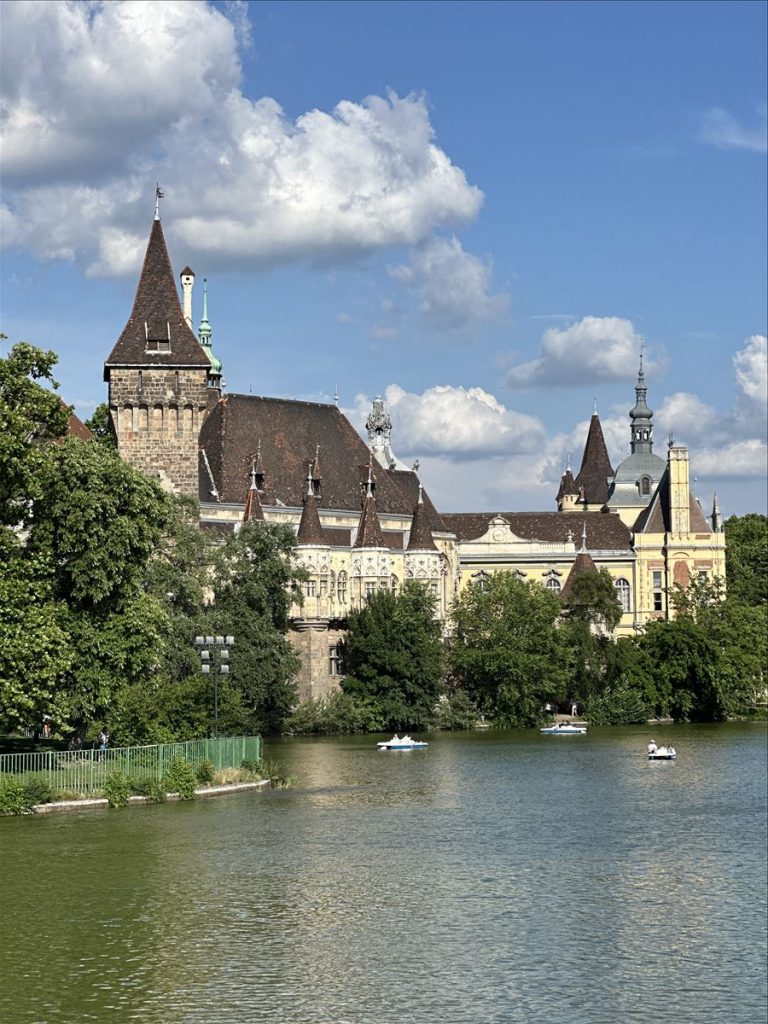
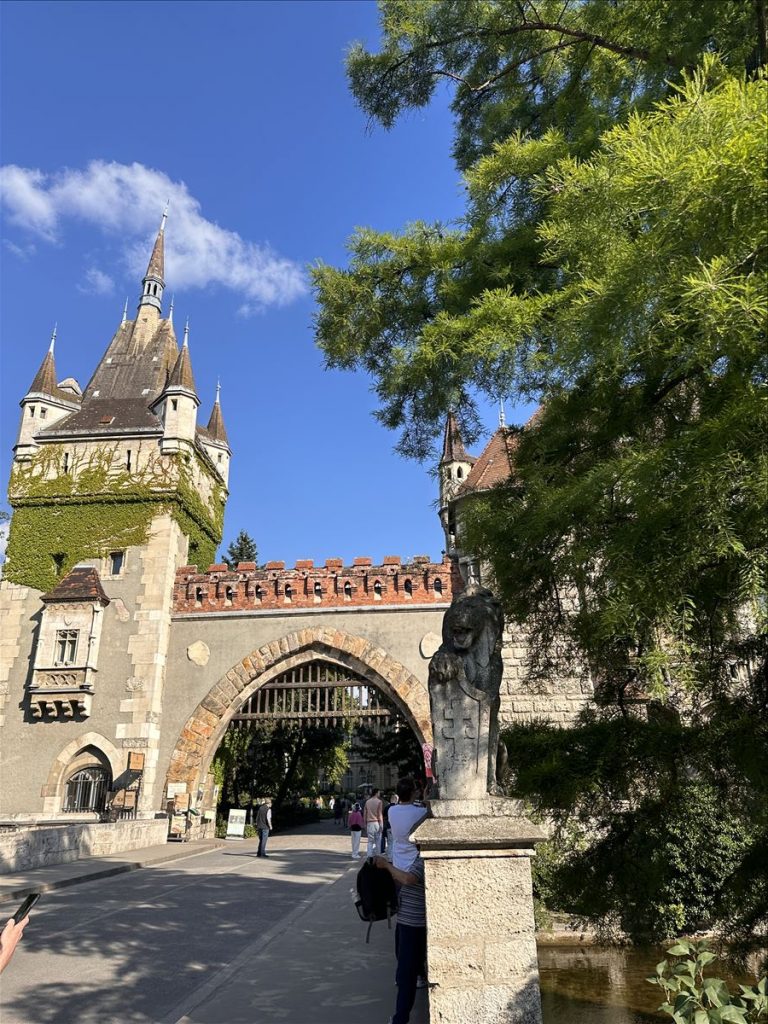

A UNESCO World Heritage site, Andrássy Avenue is not only a hub of cultural and architectural significance but also a vibrant area for shopping, dining, and entertainment. Along the avenue, you’ll find key landmarks such as the Hungarian State Opera House, as well as a variety of cafes and restaurants where visitors can enjoy the local cuisine while soaking in the street’s bustling atmosphere. Whether you’re interested in high-end shopping, exploring cultural institutions, or simply taking a leisurely stroll, Andrássy Avenue offers a quintessential Budapest experience.
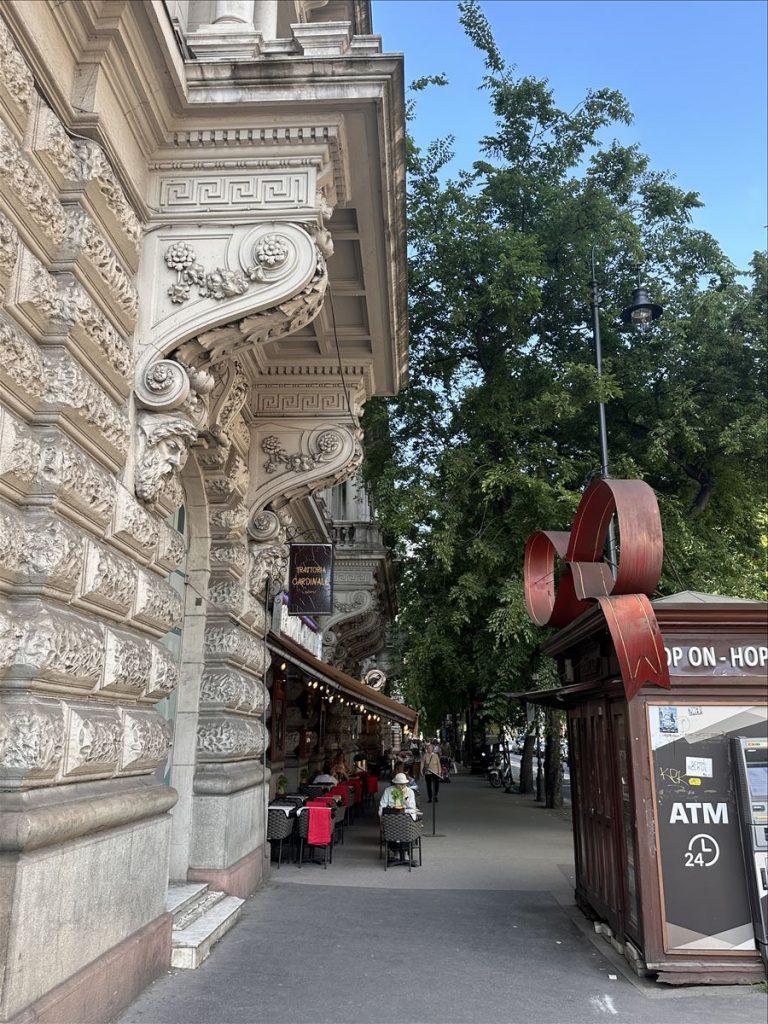
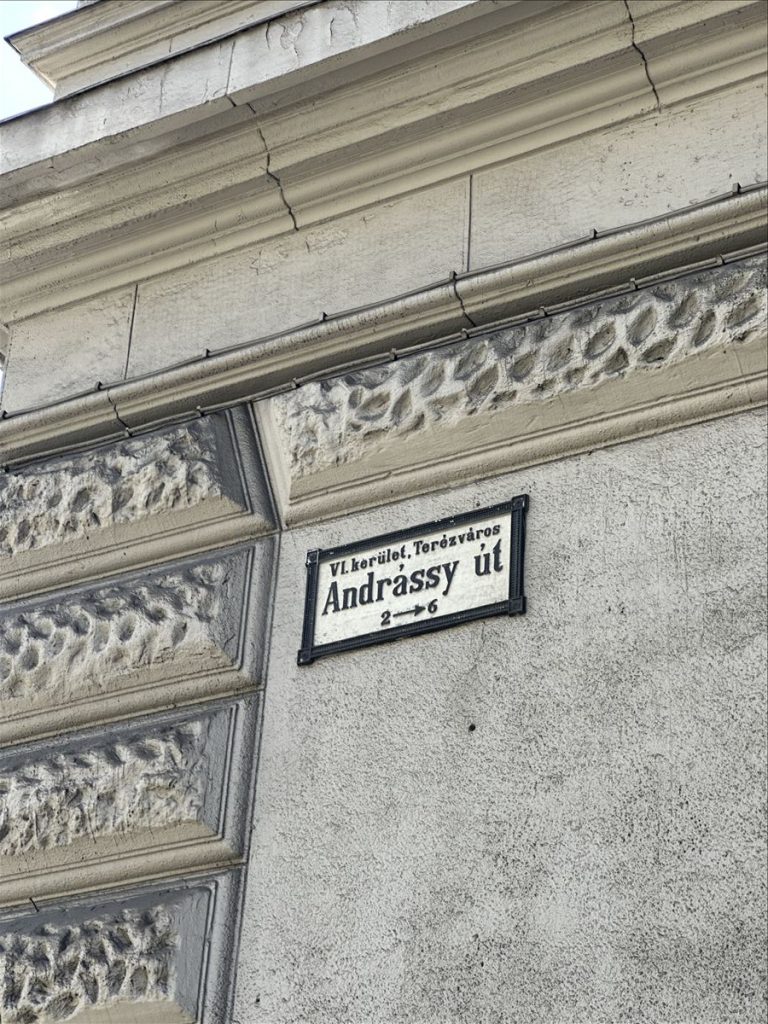
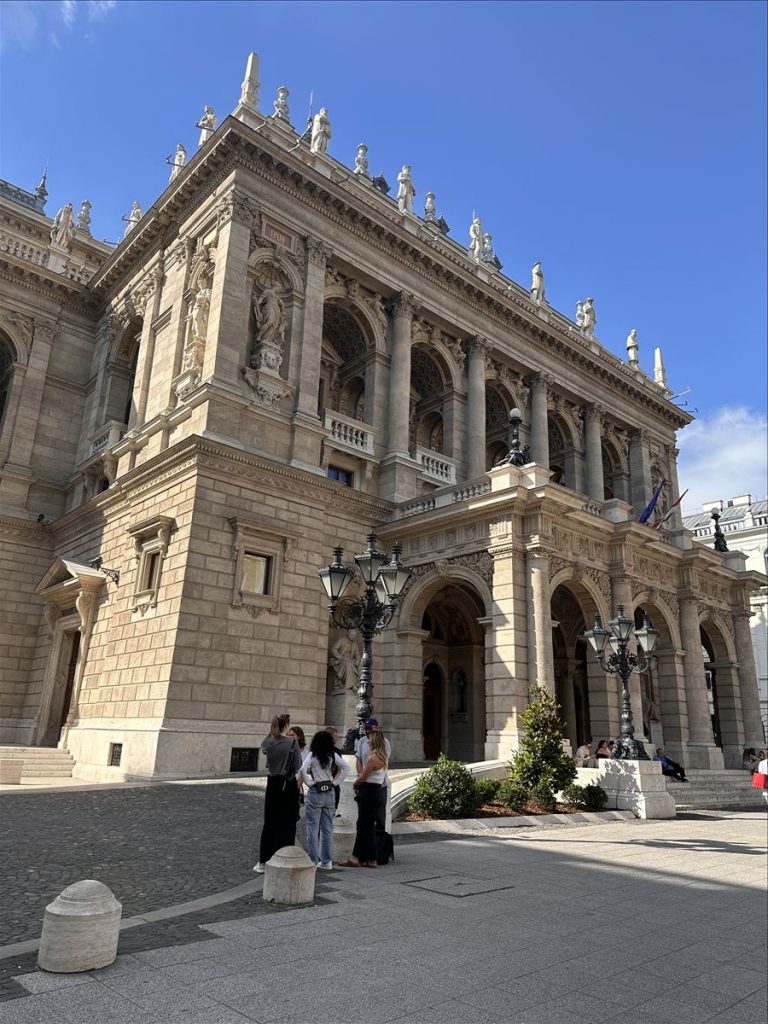
The main advantage of the digital era is that anyone can find all the necessary information and support from professionals on site anywhere in the world. The Excurzilla website contains all the main information tourists need about local attractions, excursions, museum tickets and much more for the tourists. For example, there is a well-known European “Excursion 15:15” – in most European capitals at this very time (15:15) a sightseeing tour of the city center begins. On this excursion we learned the history of the local metro, got to the central park, got acquainted with Andrassy street, went to the opera and visited the main market. And we learned so many other interesting things on this excursion that we wanted to come to Budapest again for a more targeted study.
